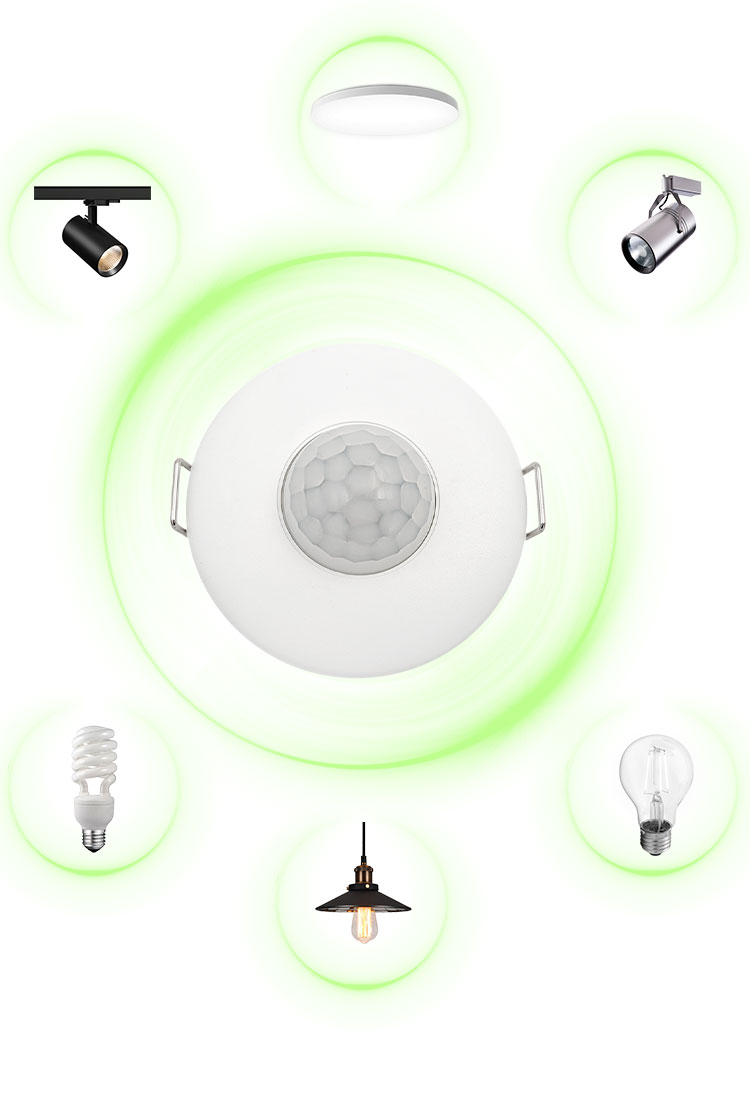

What Are Sensors? How Do They Work?
How Sensors Work: Core Components
- Sensing Element – Interacts with the environment (e.g., thermistor for temperature).
- Transducer – Converts the detected signal into an electrical output (e.g., photodiode for light detection).
- Signal Processing Circuit – Amplifies, filters, or digitizes the signal for analysis.
Common Sensor Types & Applications
| Sensor Type | Measures | Typical Uses |
|---|---|---|
| Temperature Sensor | Heat/Cold | Smart thermostats, industrial monitoring |
| Light Sensor | Ambient light | Auto-brightness in phones, streetlights |
| Motion Sensor (PIR/Microwave) | Human/object movement | Security alarms, automatic doors |
| Pressure Sensor | Force/Weight | Car tire pressure, digital scales |
| Gas Sensor | CO₂, methane, etc. | Air quality monitors, smoke detectors |
| Humidity Sensor | Moisture levels | Smart agriculture, weather stations |
How to Choose the Right Sensor?
- Measurement Range – Ensure it covers your needs (e.g., -40°C to 125°C).
- Accuracy – Critical for medical/industrial applications.
- Response Time – Fast detection (e.g., autonomous vehicles).
- Environmental Resistance – Waterproof, dustproof, or high-temp ratings.
- Power Efficiency – Battery-powered IoT devices need low-energy sensors.
Future Trends: Smart Sensors & AI Integration
Emerging advancements include:
- AI-Powered Vision Sensors (e.g., self-driving car cameras)
- Self-Calibrating Sensors (reducing maintenance)
- Wireless Sensor Networks (Industrial IoT, IIoT)
Sensors are transforming industries, enabling smarter cities, better healthcare, and real-time environmental monitoring.








